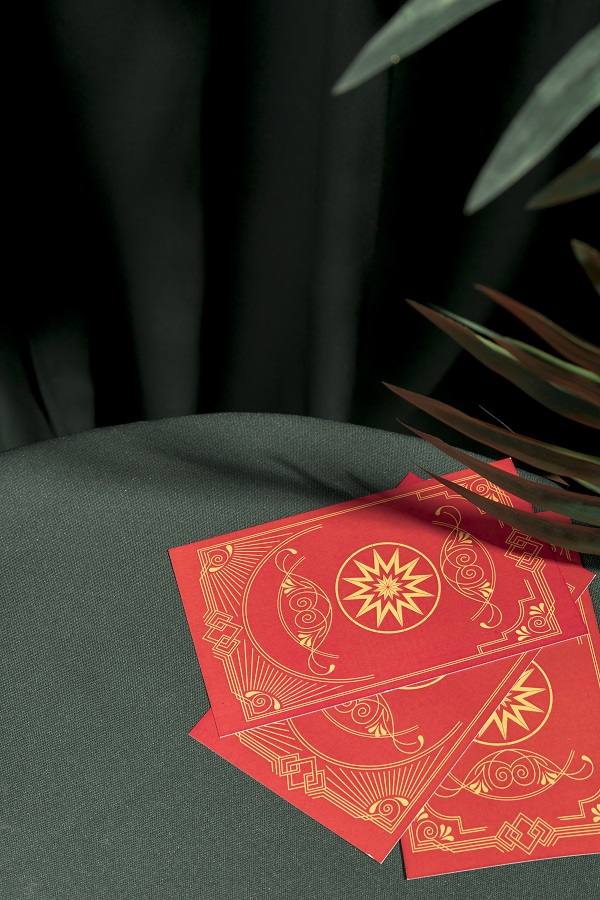The Death card in Tarot reading, often draped in an aura of mystery and trepidation, is an enigmatic symbol that transcends mere cessation. While its visual portrayal may evoke images of a somber skeleton cloaked in a dark robe, this card speaks to a profound metamorphosis rather than an end. In the realm of Tarot, the Death card imparts vital lessons about transformation, renewal, and the cyclical nature of existence.
When we draw the Death card during a reading, it serves as a clarion call to reevaluate our relationship with what is known and embrace the unknown. The essence of this card emanates from the idea of endings being intricately linked to new beginnings, much like the seasonal shift from autumn to winter, where the world seems to slumber, only to awaken in a riot of colors come spring. This cyclical quality mirrors life itself, where every conclusion nurtures the seeds of a fresh start.
One of the most captivating aspects of the Death card is its ability to urge introspection. The figure depicted often rides a pale horse, a striking metaphor for the inevitability of change. This imagery invites contemplation on our personal journeys—are we clinging too tightly to the past? Are there aspects of our lives that have become stagnant, in need of transformation? Engaging with this card encourages us to recognize that while endings can be painful, they also pave the way for growth and renewal.
In a broader context, the Death card resonates with the notion of purging. Much like the cleansing of a forest after a wildfire, where old and overgrown vegetation is cleared away, it reminds us that certain elements in our lives may no longer serve us. This can be detrimental relationships, outdated beliefs, or unproductive habits. Recognizing the necessity of this purging can illuminate a path toward personal evolution, urging us to release what hinders our progress.
Moreover, the Death card often surfaces during times of significant transition. When contemplating career changes, shifts in relationships, or relocating to a new environment, its appearance signifies the need to confront the discomfort that accompanies such changes. Just as the caterpillar must dissolve into a liquid state before emerging as a butterfly, our growth often requires a period of disintegration, encouraging us to navigate the uncertain waters of transformation with grace and courage.
It’s essential to underscore that the Death card does not signify physical death—as commonly misconstrued—but rather the ending of a chapter in our lives. It can herald the dissolution of old identities, much like an artist shedding the constraints of their earlier works to embrace a new muse. This aspect of surrendering the past equips us with the freedom to explore new horizons and redefine our narratives.
Furthermore, the wisdom embedded within the Death card invites us to contemplate mortality itself, compelling us to cherish the present moment. Engaging with the realities of life’s transience fosters a deeper appreciation for our experiences and relationships. Instead of perpetuating a fear of loss, the card becomes a reminder to live fully and authentically—to savor the vibrant moments that color our existence. By embracing this perspective, we may discover an urgency to engage with life, fostering connections that enrich our souls.
Another noteworthy interpretation of the Death card is its association with rebirth. The phoenix rising from its ashes serves as an archetype for this connotation—a powerful metaphor for resilience and the remarkable capacity to reinvent ourselves in the face of adversity. When encountering obstacles, the Death card inspires an alchemical process; through confrontation and acceptance, we can emerge stronger, wiser, and more attuned to our authentic selves. This transformative journey, although fraught with challenges, ultimately brings forth the beauty of renewal.
In practical terms, the appearance of the Death card in a reading can manifest in myriad ways. It may signal the end of a stale phase in one’s career, suggesting that a new opportunity awaits just beyond the horizon. Alternatively, it might indicate the dissolution of a toxic relationship, prompting an exploration of healthier connections. As such, the utility of the Death card lies in its capacity to illuminate the path toward personal growth and self-awareness.
Interspersed with its potential for upheaval, the Death card brings with it the crucial notion of acceptance. Embracing the inevitability of change transforms the daunting specter of the unknown into an invitation for adventure. Much like the seasonal changes that shape our world, the Death card invites us to embrace the transient nature of life, urging us to approach each phase with curiosity and an open heart.
Ultimately, the Death card, while seemingly foreboding, embodies the profound wisdom of transformation and renewal. It encourages us to relinquish fears surrounding change, propelling us towards a fuller understanding of life’s intricate tapestry. By recognizing the beauty in endings and the promise of new beginnings, we cultivate resilience—creating space for boundless potential and profound growth. Thus, the Death card emerges not as a harbinger of doom, but as a transformative ally, guiding us through the beautifully intricate dance of existence.









Leave a Comment